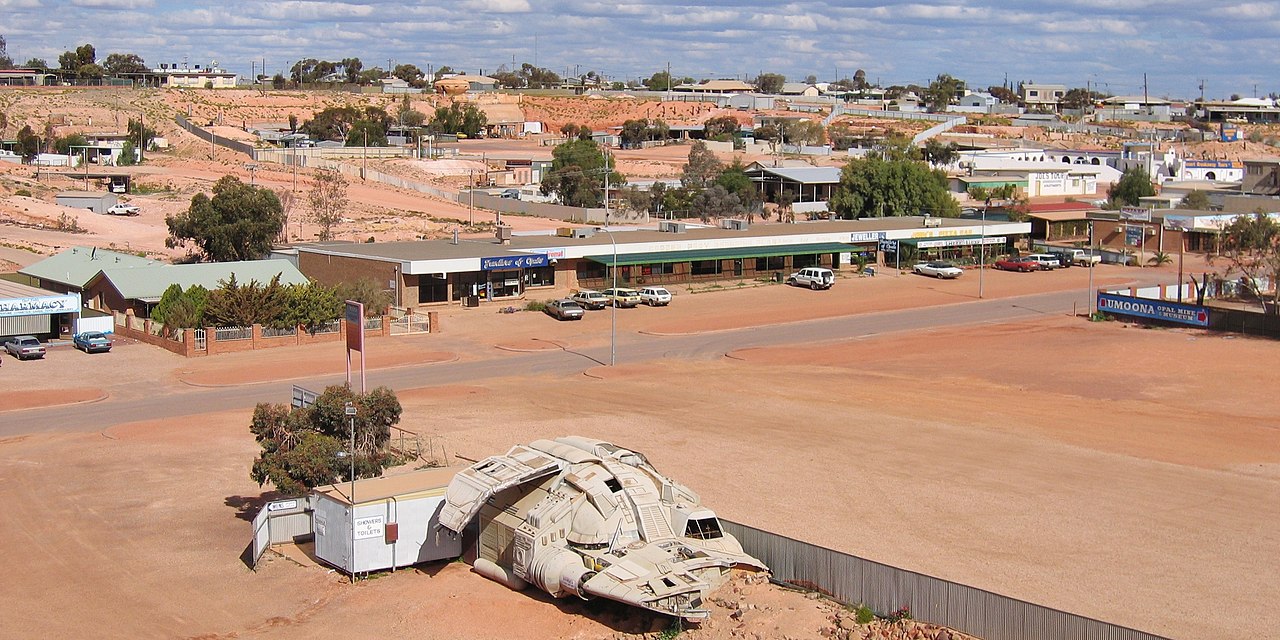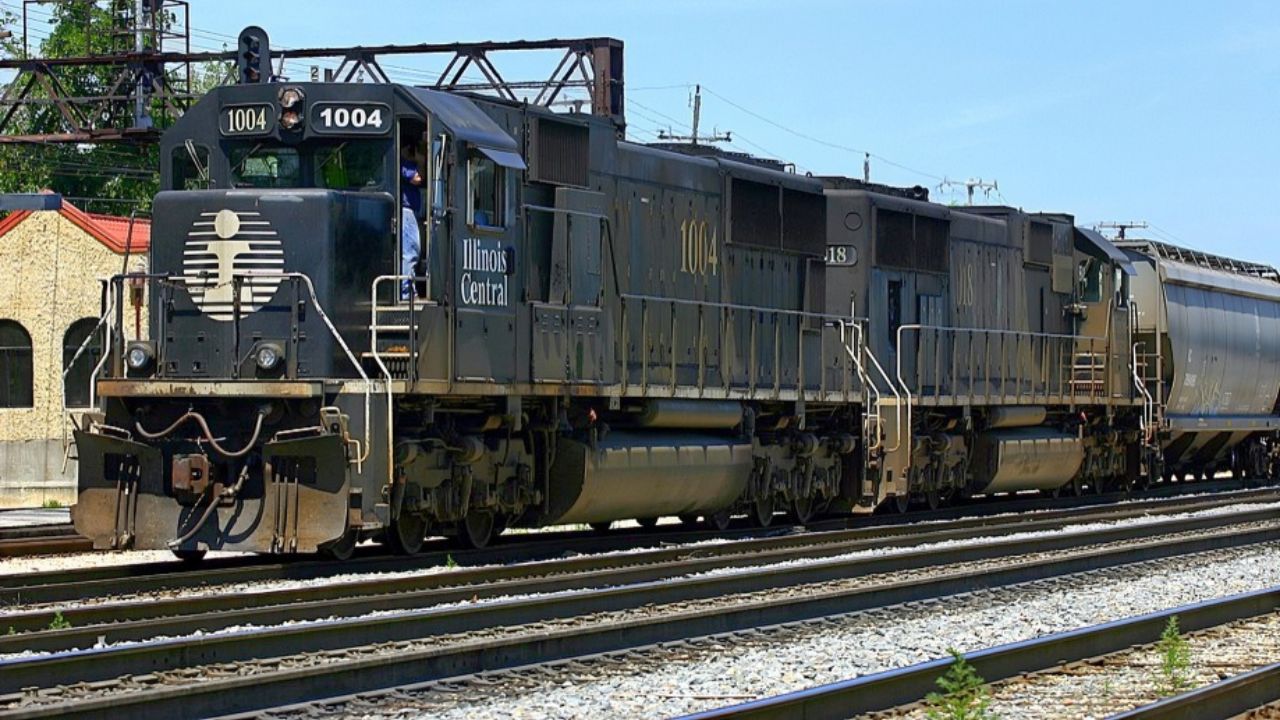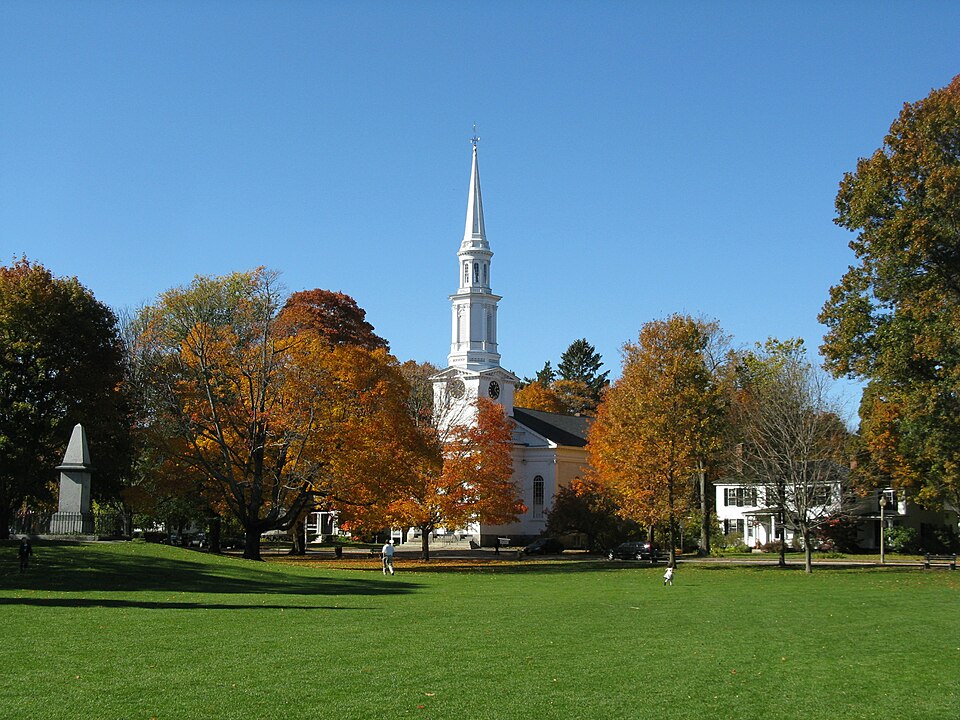Beneath busy streets and quiet fields, entire worlds keep their own weather and pace. Some shielded families from siege, some stored water and salt, and some evolved into climate-proof walkways for commuters. The first steps down change sound and light, then history shows up at arm’s length. What follows gathers underground cities and networks that still welcome visitors. The routes feel human in scale, clever in design, and honest about need. Leave time to look up, listen, and let the cool air explain itself.
Derinkuyu, Turkey
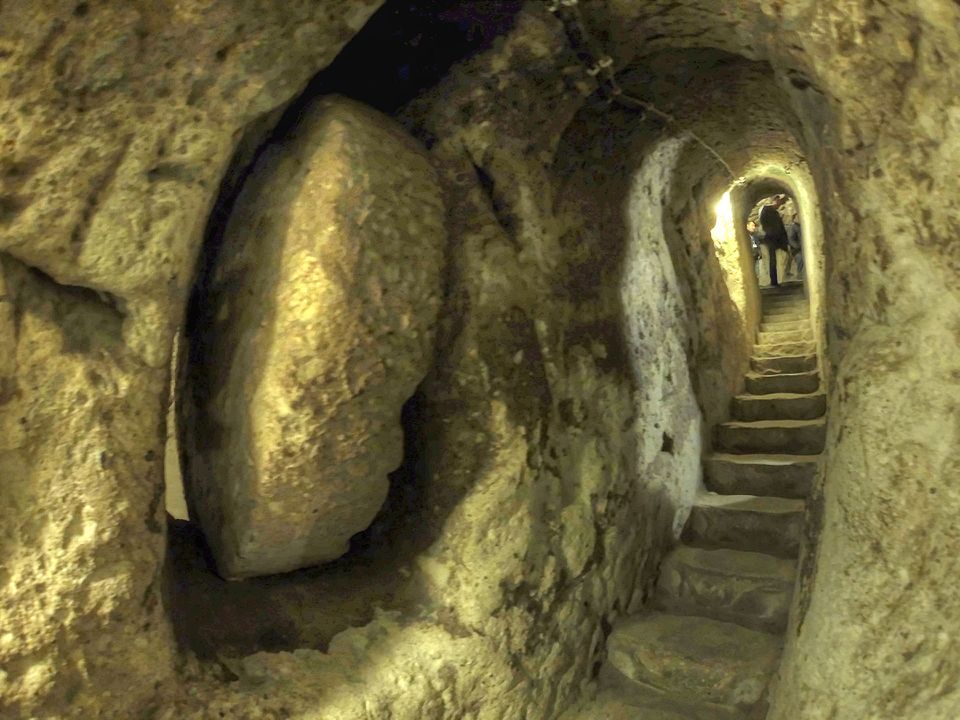
Cut into soft volcanic rock, Derinkuyu stacks levels of stables, kitchens, storage, and chapels around long shafts that move air and voices. Rolling stone doors once sealed corridors against raids, turning homes into a defensible hive with quiet order. Only sections are open, yet the plan reads clearly as stairs bend and rooms fan out. It feels less like a cave and more like a careful answer to danger, thirst, and heat, solved with simple tools and time.
Kaymakli, Turkey
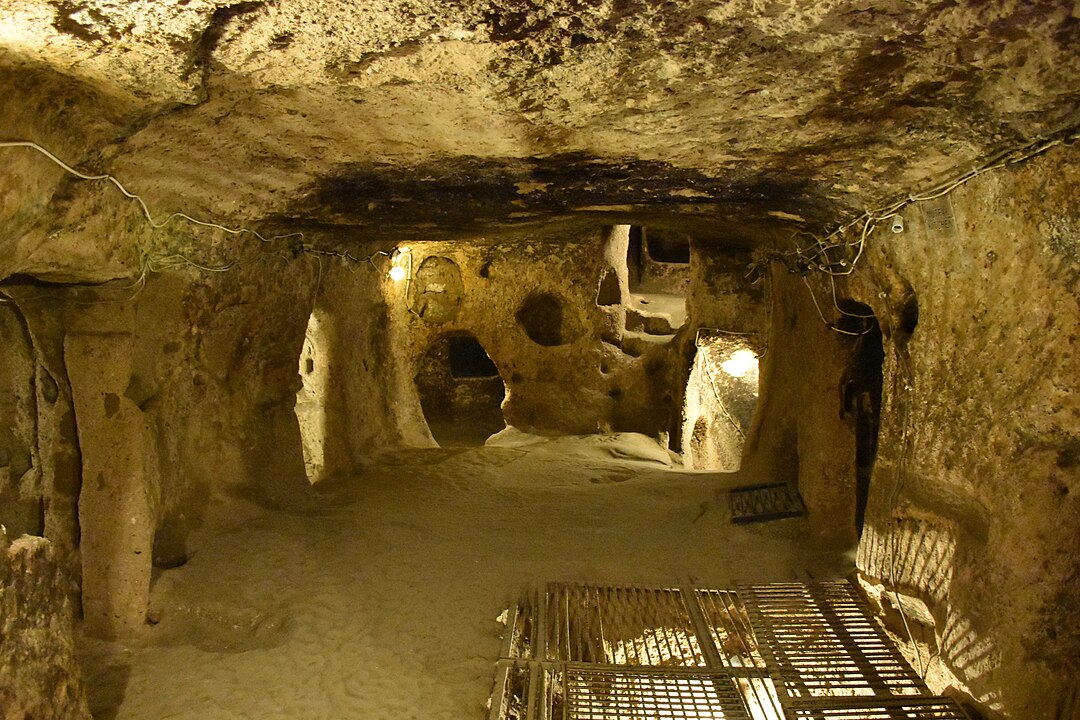
Kaymakli spreads wider than it dives, a neighborhood of low tunnels and chambers that favor trade and routine. Workshops, storage niches, and a shared ventilation shaft point to steady life rather than pure refuge. Soot marks still shadow ceilings where lamps once burned, and stone slabs hint at closures when trouble neared. Four levels are visitable with guides who show lamp niches and door grooves. The city feels lived in, practical, and built to flex with the rock.
Naours, France
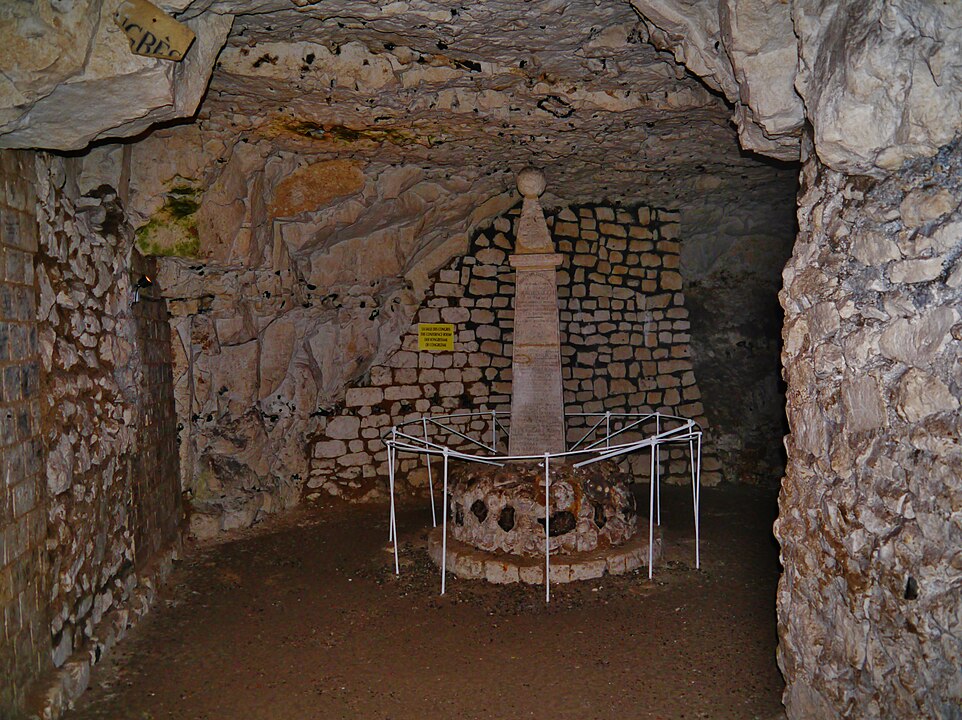
Hidden under Picardy fields, Naours grew in the Middle Ages to shelter whole villages from raids and taxes. Hundreds of rooms turn like a honeycomb, then the walls shift eras with World War I graffiti from resting soldiers. Names, units, and hometowns cut into chalk make the galleries feel like a ledger. The walk stays gentle, the light careful, and the story layered. It starts as defense, becomes quiet downtime, and ends as a memory kept in stone.
Paris Catacombs, France
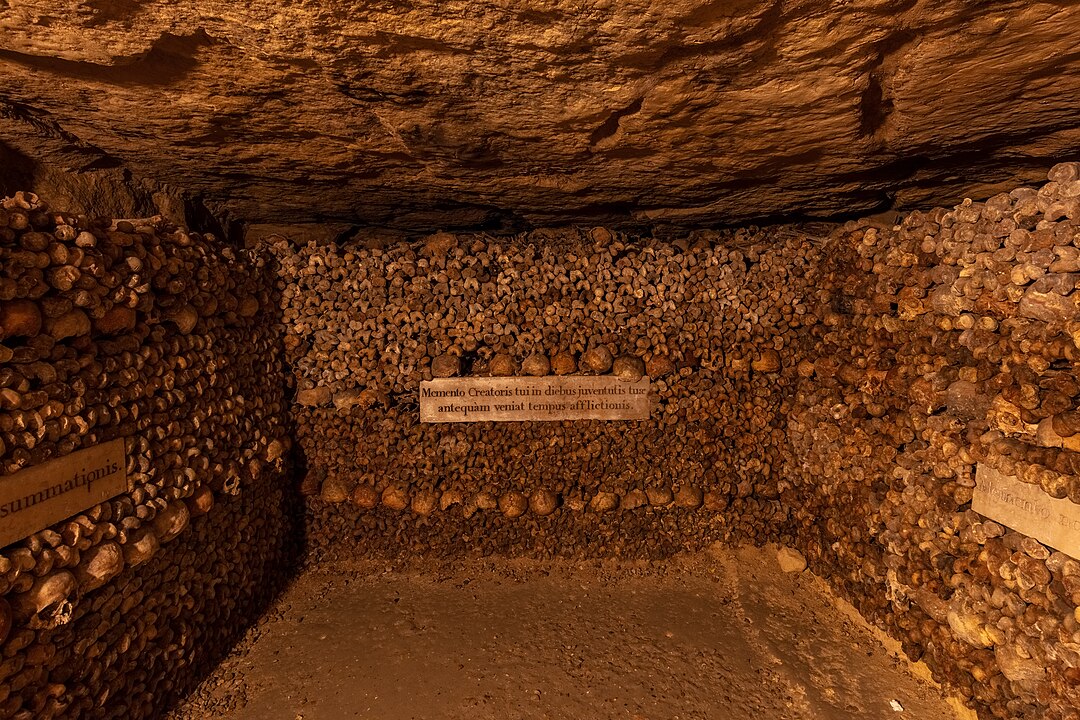
The Catacombs moved a city’s dead from crowded cemeteries into old limestone quarries, ordering bones by parish behind neat walls of skulls and femurs. It is solemn more than grim, a measured corridor with plaques and dates that replace shock with respect. Timed entry keeps the flow steady, and the path runs long enough to reset the mood. Stairs return to boulevard noise, but the map of Paris feels deeper, crossed by galleries that hold six million lives.
Naples Underground, Italy
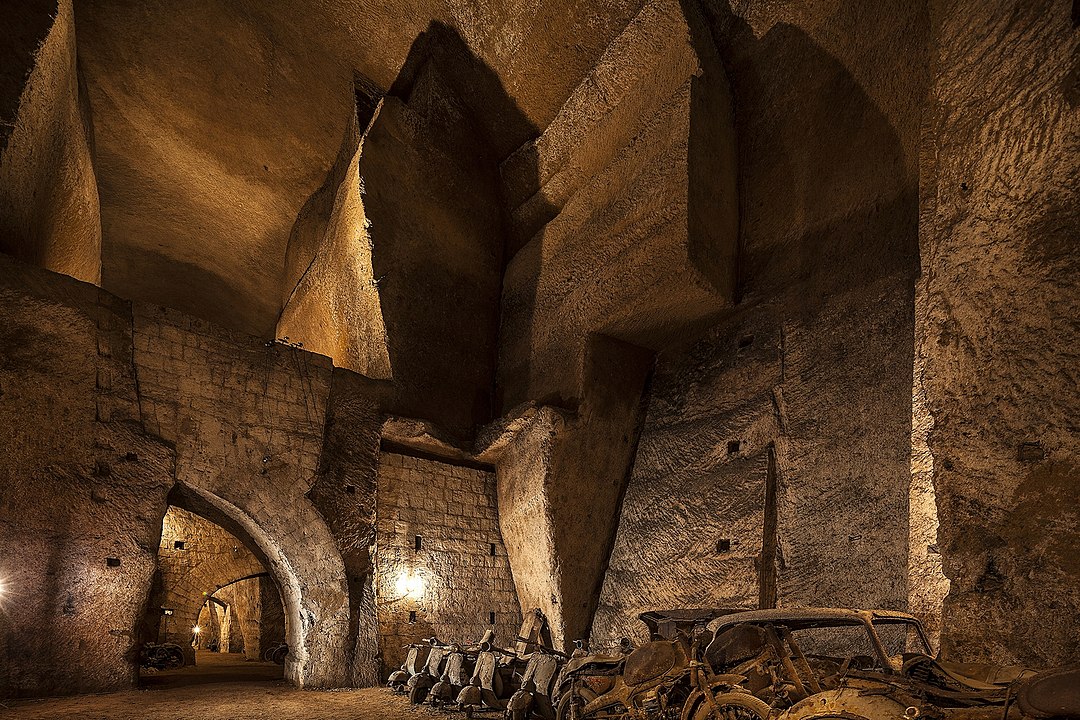
Napoli Sotterranea threads Greek quarries, Roman cisterns, and 20th century shelters into one walk. Chisel marks glow by candle, then chambers widen where neighborhoods once waited out sirens. Trapdoors link churches to catacombs, and water channels meet stairwells that rise to markets. The tour rewires the city in the mind. Shoes collect dust, voices soften, and the logic of heat, siege, and thirst plays out in tuff, where every cut served more than one century.
Seattle Underground, USA
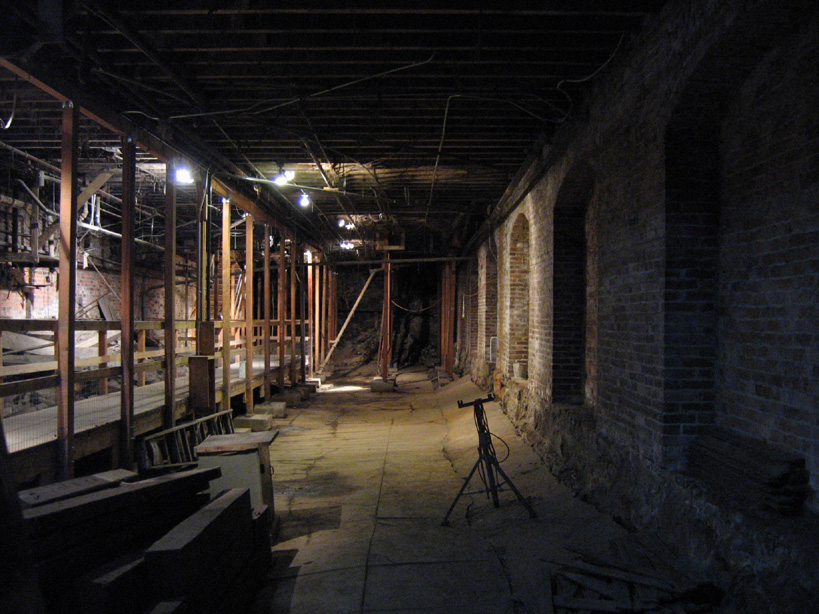
After an 1889 fire, Seattle raised its streets and left the old first floors in twilight. Sidewalk prisms fed purple daylight to the buried level, where storefronts, alleys, and ladders survived as the city marched above. Tours step past glass squares and brick arches while guides explain plumbing, ambition, and why the fix needed height. It is part archaeology and part civics, showing how a boomtown edited itself while the original grid stayed intact underfoot.
Edinburgh Vaults, Scotland
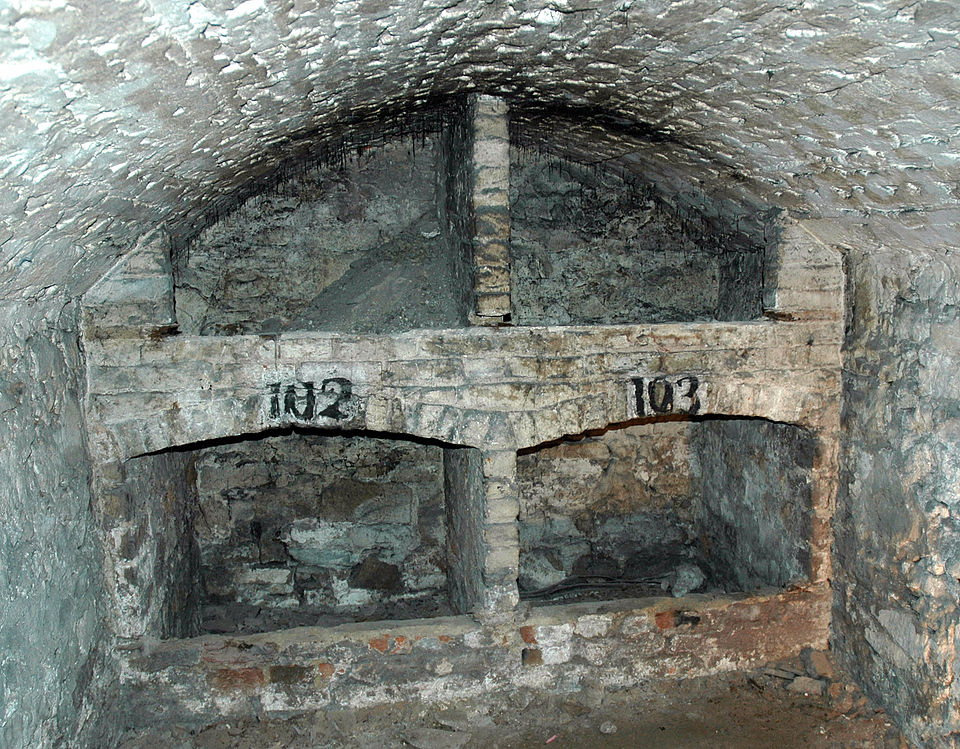
Under South Bridge, stone arches hold vaults that began as storage and workshops, then slipped into slums when damp and darkness drove trade away. Floors are cobbled, soot still clings, and bricked doors hint at quick exits. Guides balance social history with folklore, pointing out tool marks, hearths, and hiding spots. An hour below sharpens the streets above, where closes feel steeper and the bridge feels heavier, knowing what its ribs once held.
Coober Pedy, Australia
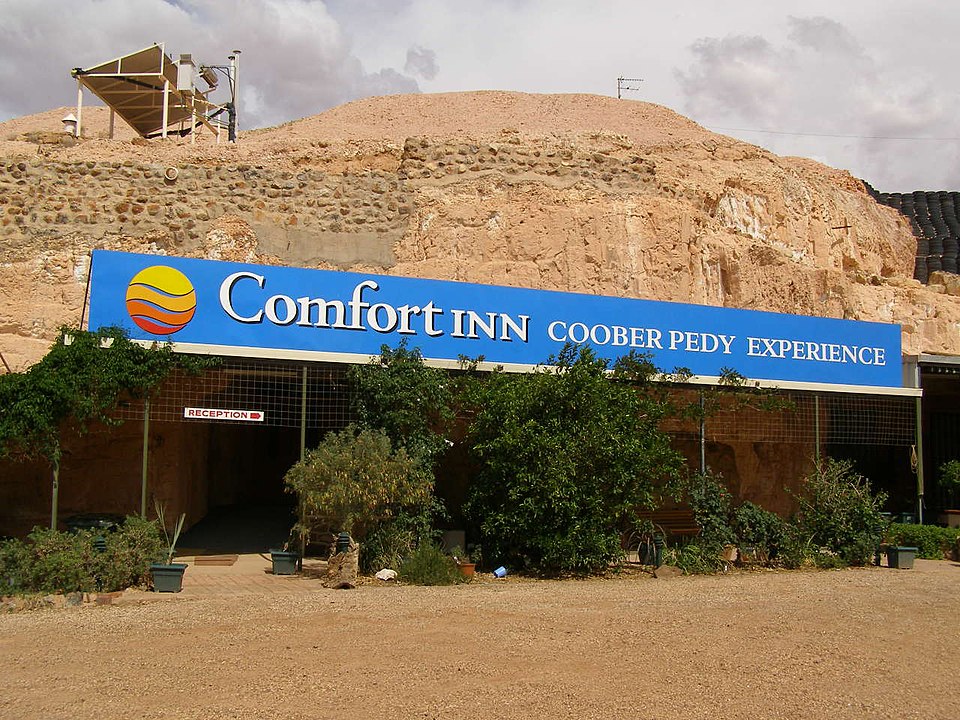
Coober Pedy moved inside to escape fierce heat, turning opal diggings into homes, hotels, and churches with smooth walls and steady air. Vent shafts act like quiet skylights, and rooms run long rather than tall, insulated by dry rock. Daily life sits on the surface while sleep, worship, and art settle below at a calm, cave-cool temperature. The result is practical and surprisingly elegant, a town that works with the hill instead of fighting the sun.
Montreal RESO, Canada
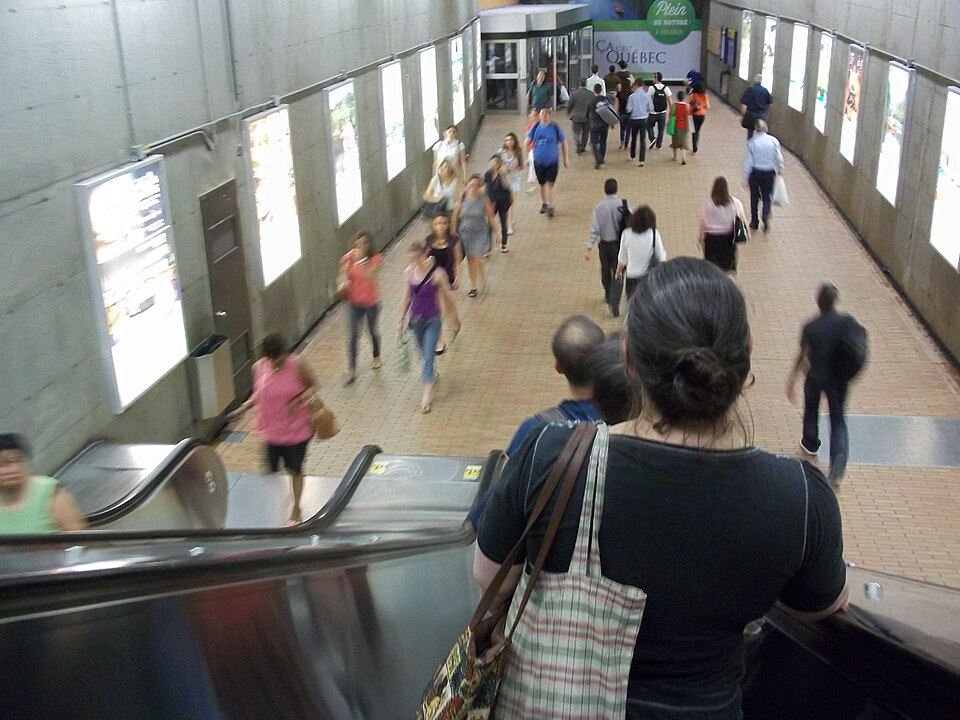
Montreal’s underground city solves winter with comfort and scale. Corridors link metro stations, offices, universities, and malls for more than 20 miles, so errands, concerts, and commutes stay warm and dry. Art and cafés break the grid into moments, and wayfinding keeps it simple to navigate. It is not secret, just essential, a modern counterpoint to ancient networks. Summer claims it too, trading heat waves for shade and a daily loop under even light.
Cu Chi Tunnels, Vietnam
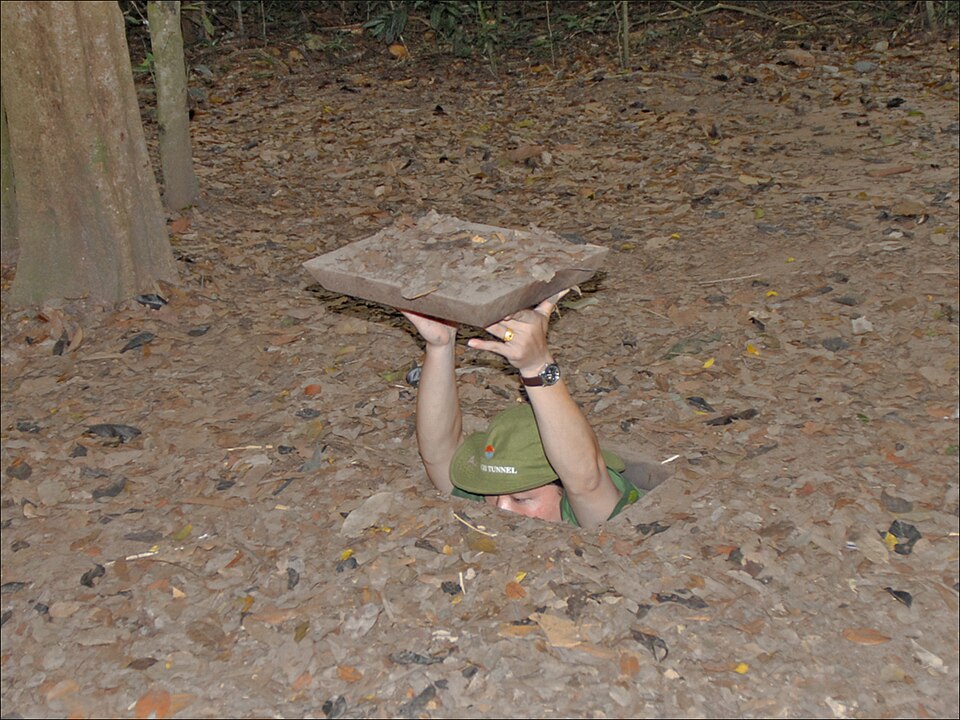
Cu Chi explains endurance in narrow cuts and quiet tricks. Kitchens vented smoke through disguised chimneys, sandals reversed tread to mislead trackers, and meeting rooms tucked behind trapdoors. Sections widened for visitors show hospitals, fighting positions, and exhibits on how life below managed noise, light, and time. The network asks for respect more than speed. Small spaces tell a larger story of patience under pressure, written in laterite and careful footsteps.
Kish Underground City, Iran
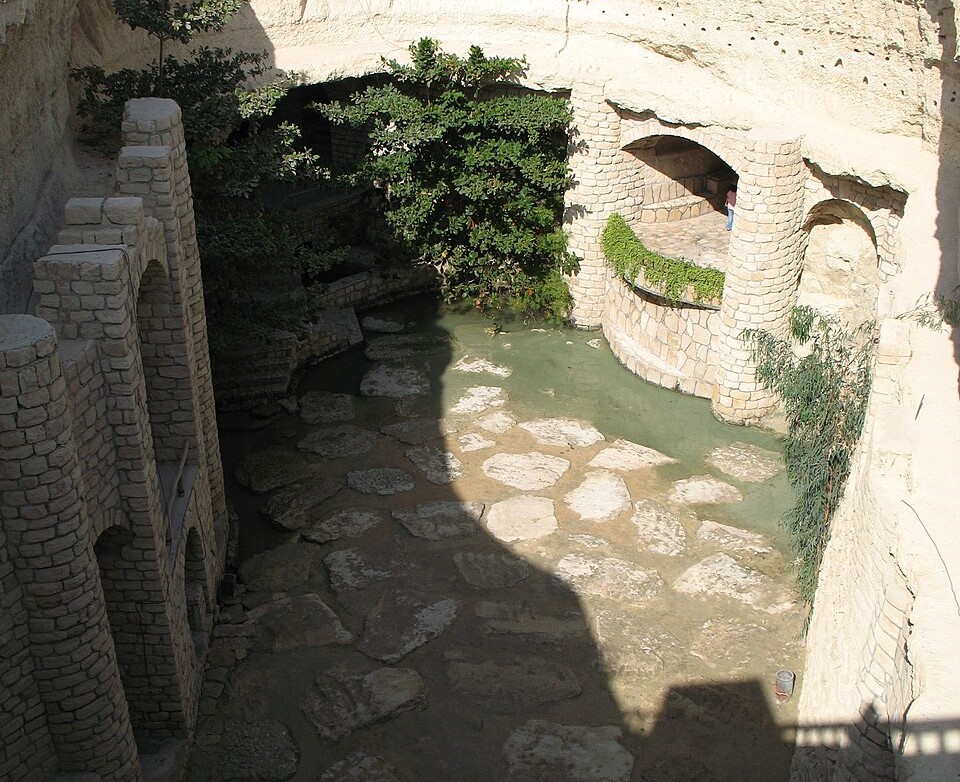
On Kish Island, a restored qanat doubles as a walkable city under coral limestone, its ceilings flecked with fossil and its air cooled by moving water. Bridges and galleries trace the flow that once fed orchards and homes, while displays explain the math of grade, shade, and wind. Cafés and craft stalls now share the route, so the space feels used rather than staged. Climate turns into architecture, and the lesson arrives without speeches.
Wieliczka Salt Mine, Poland
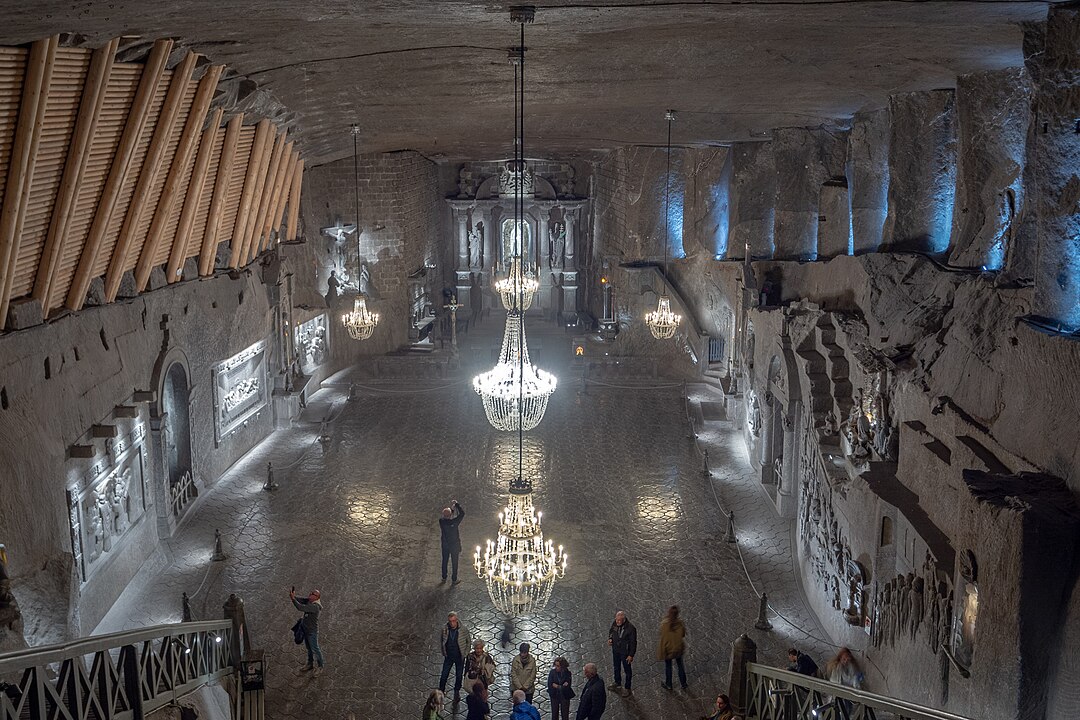
Wieliczka reads like a small kingdom in salt. Miners carved chapels, chandeliers, and reliefs during centuries of shifts, turning work into art with steady hands and patience. Saint Kinga’s Chapel opens like a ballroom, acoustics and all, while lakes hold a stillness that resets a loud group. Elevators bring daylight back, but the memory lingers on stairs, railings, and walls that taste faintly of mineral. It is a city that sparkles below ground because people needed both work and beauty.
